The traditional language of the Southern Polish town of Wilamowice, Wymysorys is the smallest language in the West Germanic family. At the present time, less than 45 of the town’s, just under 3000 inhabitants, speak Wymysorys as a native language with varying proficiency, of whom, the majority are over the age of 80. If not for recent efforts to engage the town’s younger population in learning their traditional language, Wymysorys would be considered moribund, with only isolated cases of children learning the language since the conclusion of the Second World War. In 2009 the language was classified by UNESCO as “Severely Endangered” (Mosely 2009), that is the language is predominately spoken by an older generation, while successive generations have ceased to continue speaking their traditional language. Recent efforts to re-engage the present younger generation of speakers by both linguists and native speakers have met with considerable success and the position of Wymysorys appears to be improving for the first time since the conclusion of a Soviet ban of the language in 1956.
The classification of Wymysorys is a contentious issue and one that has been the focus of much of the scholarly work on the language over the past century. Historically, it has been grouped as an East Central variety of West Germanic, alongside languages such as Modern German, Silesian and Yiddish. This classification is at odds with folk-history of the last Wilamowiceans, who variously claim to be descendant of Frisian, Flemish or English settlers. A study of the phonological and morphological innovations found in Wymysorys (Ritchie, 2012) was conducted with the purpose of determining the exact genetic origins of the language. While there are indeed questions about the origin of a number of phonological and morphological innovations, Wymysorys appears to be more closely related to the East Central West Germanic varieties (Ritchie, 2012).
Wymysorys has resisted the tendency to shift toward the majority languages (Polish and German) primarily due to a tradition of endogamic marriages and a relative isolation from the surrounding Polish villages. The Wilamowicean people preserved their language and maintained their separate ethnic identity and folk culture for many centuries, however, this state of affairs changed shortly after World War II. During the communist period the use of language as well as cultural practices (together with the traditional folk costumes) were prohibited by the Polish authorities. The ban was lifted in 1956 but as a result of the discontinuity in the intergenerational transmission, the number of Wymysorys native speakers decreased dramatically. The abandonment of previously common endogamy rule and the influx of non-native population further accelerated this process.
Currently, the Wymysorys speech community is not entitled to receive institutional support for the maintenance and preservation of the language. It lacks official recognition by the European Charter for Regional or Minority Languages, signed by Poland in 2003, and has yet to be recognized by the Polish Act on National and Ethnic Minorities and on the Regional Languages. However, according to the recent sociolinguistic research, more than 50% of the population declare it important for the children to learn songs in Wymysorys in the local schools, and more than 75% is convinced that the language should be preserved and protected as cultural heritage (Neels, 2012).
Over the last two decades, the language has become a subject of linguistic interest and a number of revitalization initiatives have been undertaken. Most of these initiatives emerged within the „Association Wilamowiceans”, a locally established NGO, and have been coordinated by the main revitalizer of the language – Tymoteusz Król. Over the course of the last decade he has been conducting private lessons of Wymysorys for a group of 8 students, mostly children. He has also gathered language documentation (more than 500 hours of recording featuring nicknames, folk tales, family stories, personal accounts, biographies, 40 songs, folk dress descriptions, genealogy, everyday talks, town history, customs and traditions). The revitalization efforts of Tymoteusz Król, with collaboration of linguists and other members of the association, have also involved orthographic and lexical standardization, didactics and literary work in the Wymysorys language (publishing of books and a dictionary) as well as the activities of the folk dance group “Wilamowice” (reconstruction of customs and traditions, song learning in Wymysorys).
In 2013 the Faculty of “Artes Liberales” of the University of Warsaw in collaboration with the “Association Wilamowiceans” as well as Polish and foreign scholars, began the project Endangered languages. Comprehensive models for research and Revitalization. The project focuses on three endangered languages in two countries: Nahuatl in Mexico; and Lemko and Wymysorys in Poland. Our main aims include the construction of a unique, efficient model for the revitalization of each of these languages, as well as a more general, universal model for revitalization that could be applied to other endangered languages. These goals are being pursued in two ways: first, through interdisciplinary research including documentary work as well as investigation of both the cultural-historical background and the present state of the languages; and second, through close collaboration with Nahuatl, Lemko and Wymysorys native speakers and their communities. The collected resources will serve to create dictionaries, grammars and manuals, among them the first Wymysorys textbook for children, together with a picture dictionary as well as monolingual story tales for children. In 2014 the Faculty of “Artes Liberales” hosted an international conference on endangered languages’ revitalization, held in the town of Wilamowice. The topics of interest included, but were not limited to, cross-cultural contact, interdisciplinary collaboration, multilingualism and the protection and development of endangered languages as the sources of profound and long-lasting social benefits and innovations. This unique event was not only a space for debate and exchange of experiences among an international group of scholars and native speakers, but it also marked a turning point in the process of fostering and preserving cultural identity of the Wilamowicean people.
In October 2014 the classes of Wymysorys were incorporated into the school curriculum in Wilamowice. This achievement was possible due to collaboration between the Wilamowicean School Complex representatives, the municipal authorities and scholars. The Faculty of “Artes Liberales” took honorary patronage over the programme. Currently, there are 3 groups of children aged 12-14 who learn Wymysorys at school, one advanced group (4 classes per week) as well as a group of beginners with learners outside of Wilamowice. Justyna Majerska from the „Association Wilamowiceans” imparts additional classes for adults. Young learners regularly visit Wymysorys native-speakers. Teaching materials include the books "Ynzer boümmüter" and “Wymysiöejer fibl” published within our project.
The launch of our research project and the establishment of The Wymysiöeryśy Akademyj – Accademia Wilamowicziana (WA-AW) at the Faculty of “Artes Liberales” in November, 2013 marks an important new direction in the conservation of Wymysorys and hopefully a chance for a new beginning for the language. WA-AW was founded in 2013 with the goal of creating a single academic body through which efforts in documentation and revitalization of Wymysorys could be coordinated. The WA-AW for the first time brings together native speakers, academics and community members in an international partnership of co-operation and understanding. The Accademia is currently developing its first major publication, The Wymysorys Red Paper, which will outline future revitalization programs for the language.
Selected literature:
Anders, Heinrich] 1933. Gedichte von Florian Biesik in der Mundart von Wilamowice. Kraków: Uniwersytet Poznański.
Andrason, Alexander 2010. “Expressions of futurity in the Vilamovicean language”. Stellenbosch Papers in Linguistics 40: 1-10.
Andrason, Alexander 2011. “Vilamovicean verbal system – Do the Preterite and the Perfect mean the same?”. Linguistics Copernica 5: 271:285.
Besch, Werner, Ulrich Knoop, Wolfgang Putschke, Herbert E. Wiegand 1983. Dialektologie. T.2. Berlin : De Gruyter Mouton.
Bukowski, Jacob] 1860. Gedichte in der Mundart der deutschen schlesisch-galizischen Gränzbewohner, resp. von Bielitz-Biala. Bielitz: Ludwik Zamarski.
Gusinde, Konrad 1911. Eine vergessene deutsche Sprachinsel in polnischen Oberschlesien. Die Mundart von Schönwald bei Gleiwitz. Breslau: Gesellschaft für Volkskunde.
Kleczkowski, Adam 1920. Dialekt Wilamowic w zachodniej Galicji. Fonetyka i fleksja. Kraków: Polska Akademia Umiejętności.
Kleczkowski, Adam 1921. Dialekt Wilamowic w zachodniej Galicji. Składnia. Poznań: Uniwersytet Poznański.
Lasatowicz, Maria Katarzyna 1992. Die deutsche Mundart von Wilamowice zwischen 1920 und 1987. Opole: Wyższa szkoła Pedagogiczna.
Latosiński, Józef 1909. Monografia Miasteczka Wilamowic. Na podstawie źródeł autentycznych. Kraków.
Mitzka, Walther 1968. “Die Ostbewegung der deustchen Sprache”, w: Kleine Schriften zur Sprachgeschichte und
Dprachgeographie, 127-179. Berlin: Walter de Gruyter.
Mojmir, Hermann 1930-1936. Wörterbuch der deutschen Mundart von Wilamowice. t.1 i 2. Kraków: Polska Akademia Umiejętności.
Morciniec, Norbert 1984. “Die flämische Ostkolonisation und der Dialekt von Wilamowice in Südpolen”. Slavica Gandensia 11: 7-18.
Morciniec, Norbert 1995. “Zur Stellung der deutschen Dialekts von Wilmesau/Wilamowice in Südpolen”, w: Gl. Keil & J.J. Menzel (red.) Anfänge und Entwicklung der deutschen Sprache im mittelalterlichen Schlesien. Sigmaringen: Jan Thorbecke. 71-81.
Moseley, Christopher (ed.) 2009. „Unesco Atlas of the world’s languages in danger“.
Neels, Rinaldo 2012. De nakende taaldood van het Wymysojer in Wilamowice, een Germaans taaleiland in Zuid-Polen. Een sociolinguïstische analyse. [Ph.D. thesis}. Katholieke Universiteit Leuven.
Ritchie, Carlo 2012. Some Considerations on the Origins of Wymysorys [B.A. thesis]. University of Sydney Department of Linguistics.
Ryckeboer, Hugo 1984. “Die «Flamen» von Wilamowice. Versuch zur Deutung einer bäuerlichen Überlieferung”. Slavica Gandensia 11: 19-34.
Wicherkiewicz, Tomasz 2003. The Making of a Language. The Case of the Idiom of Wilamowice, Southern Poland. Berlin – New York: Mouton de Gruyter.
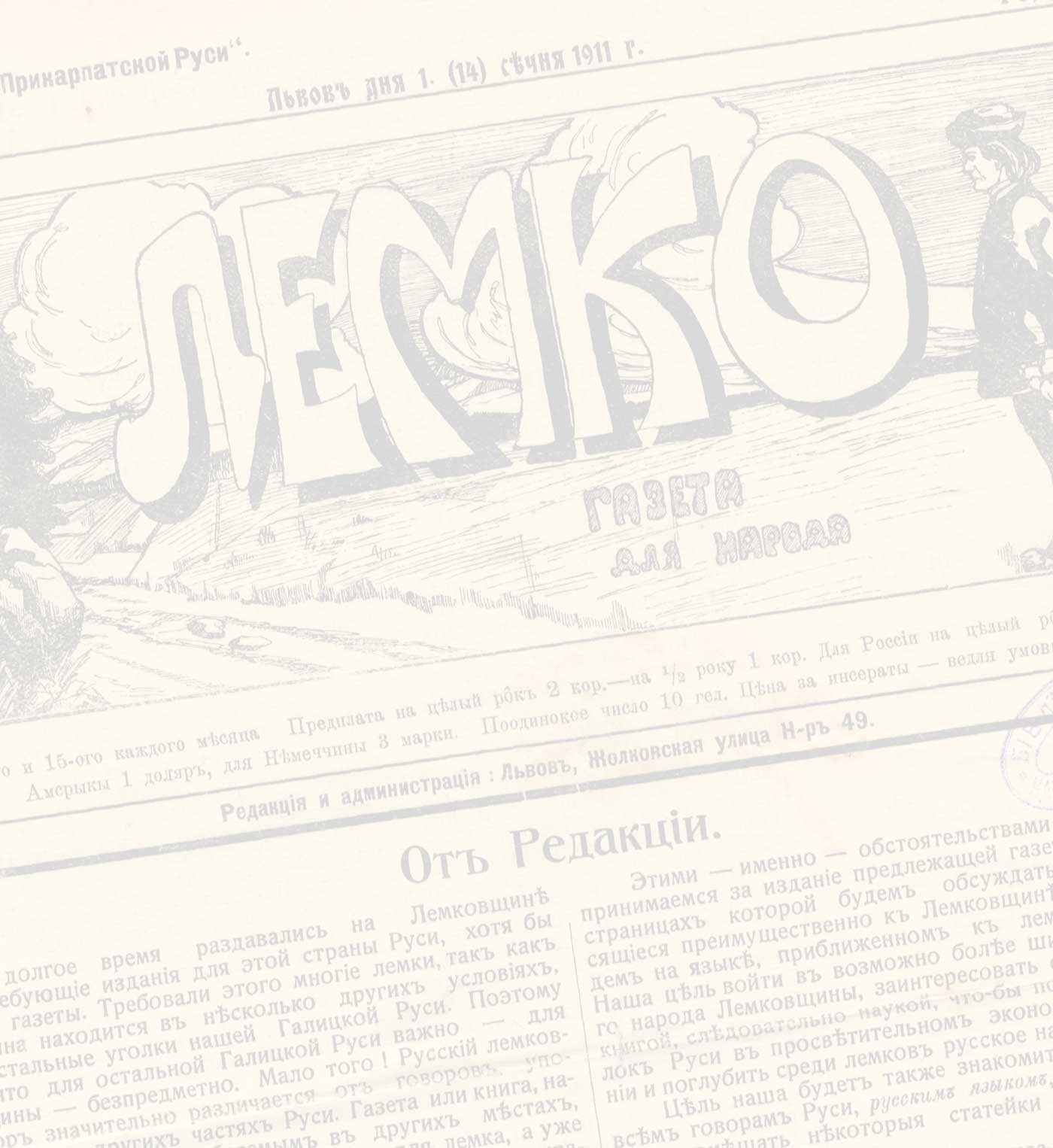
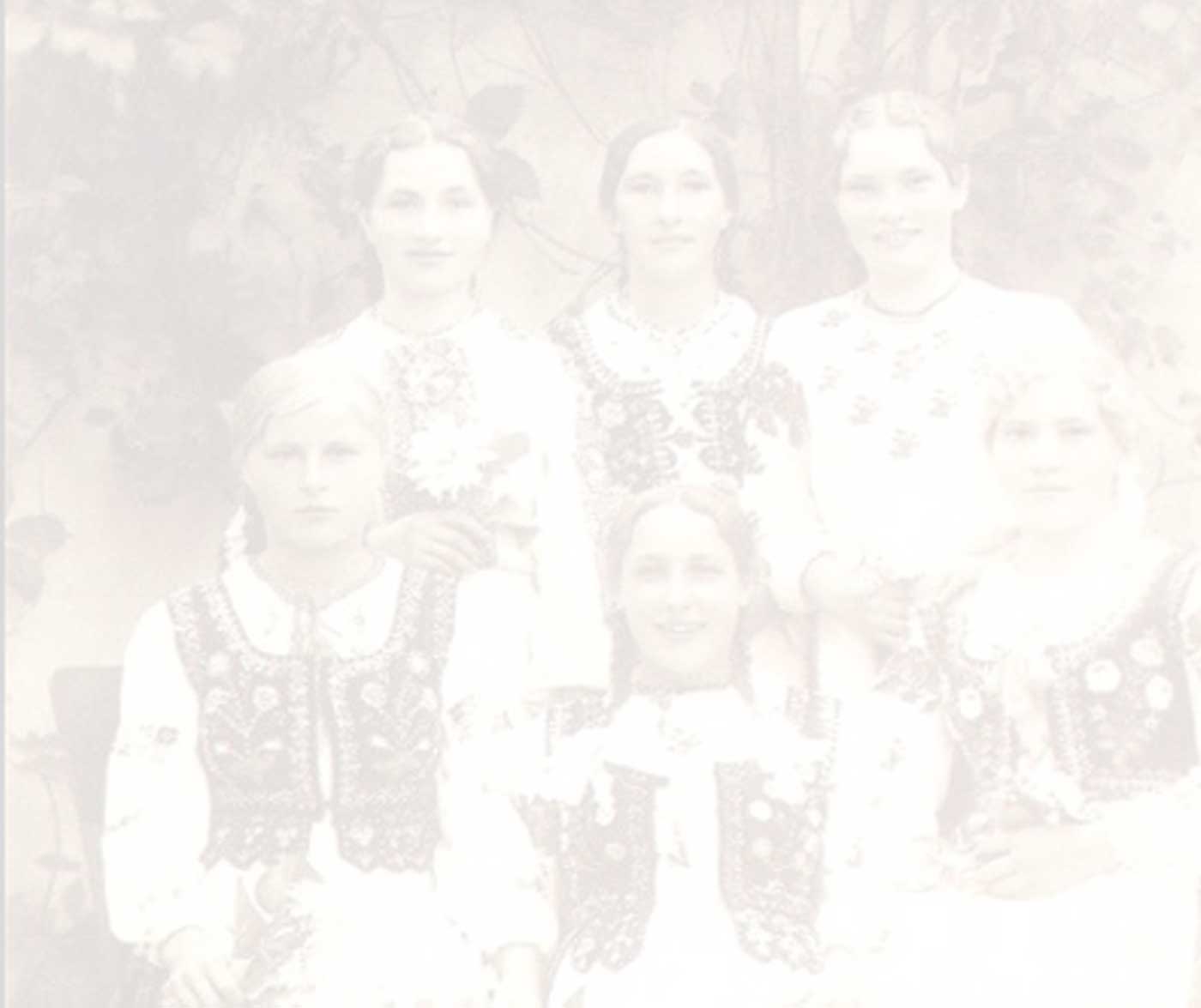
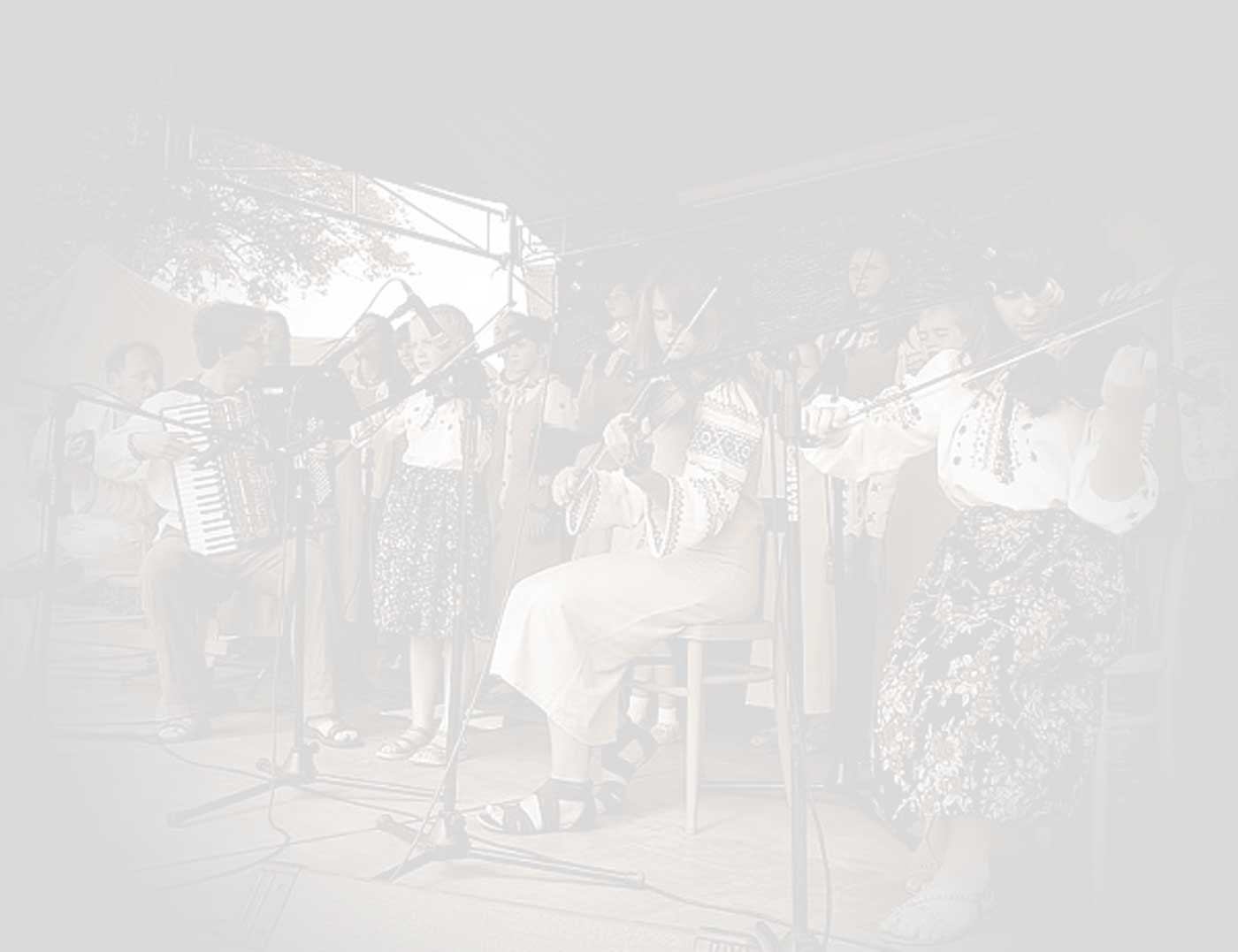
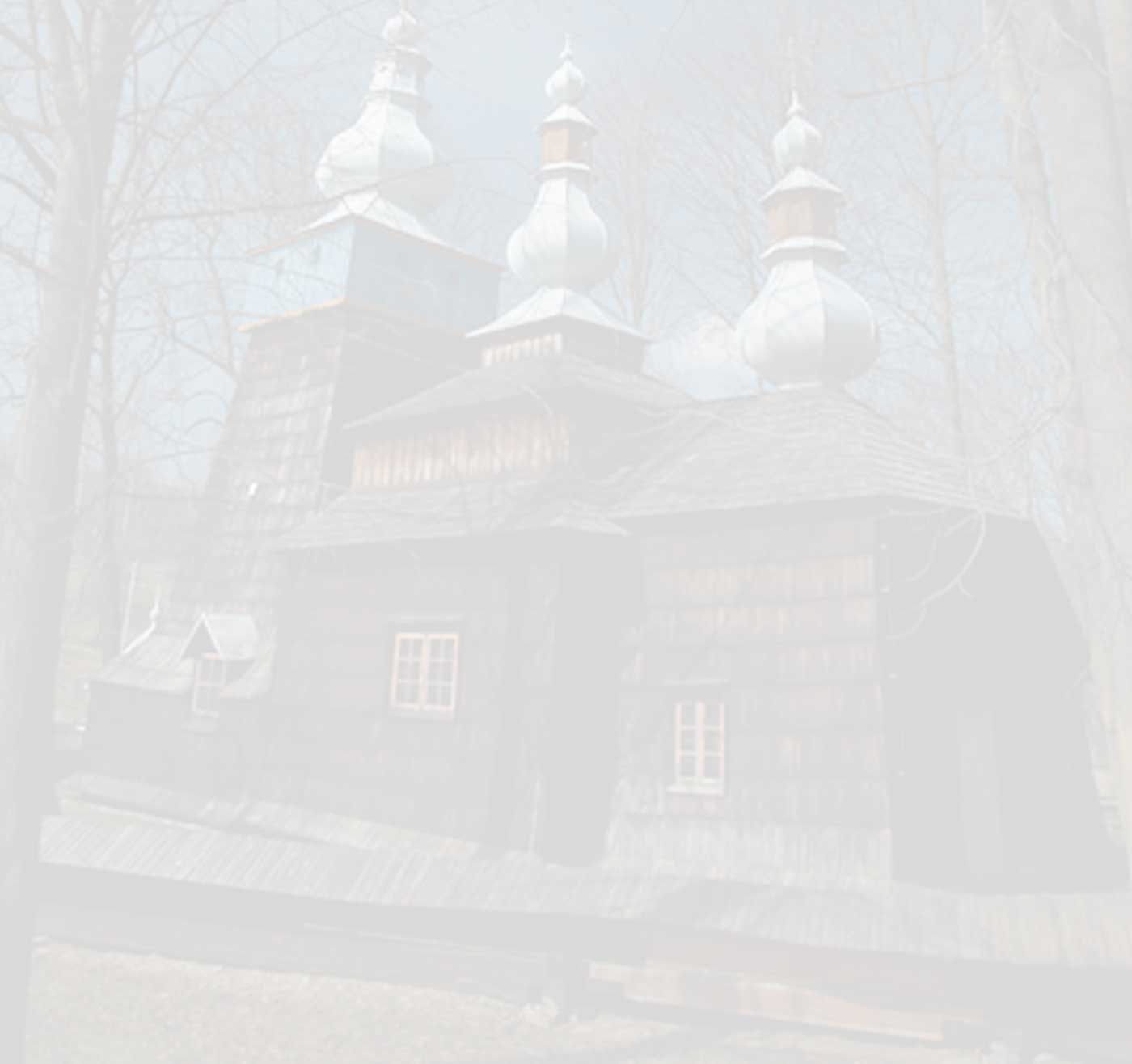

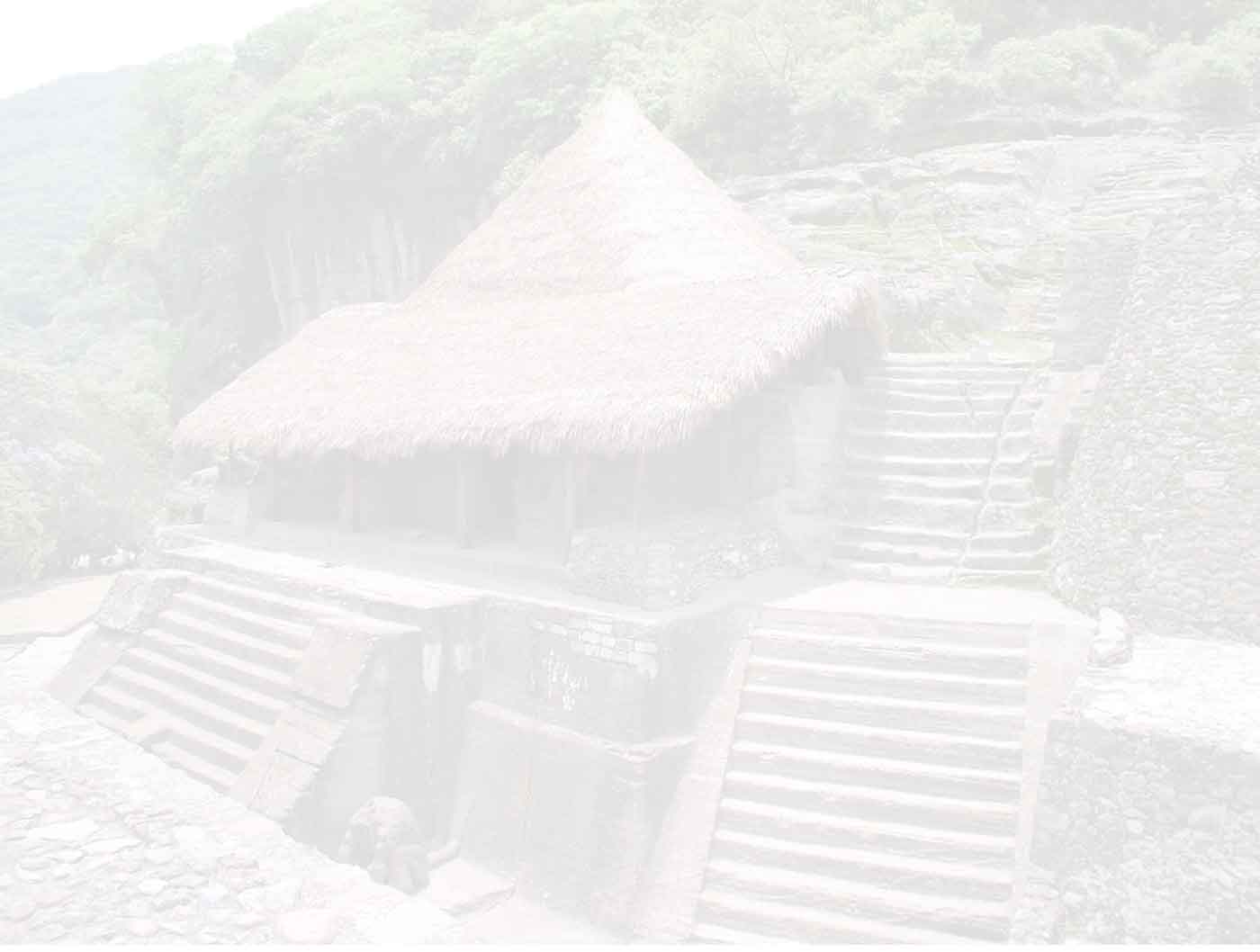


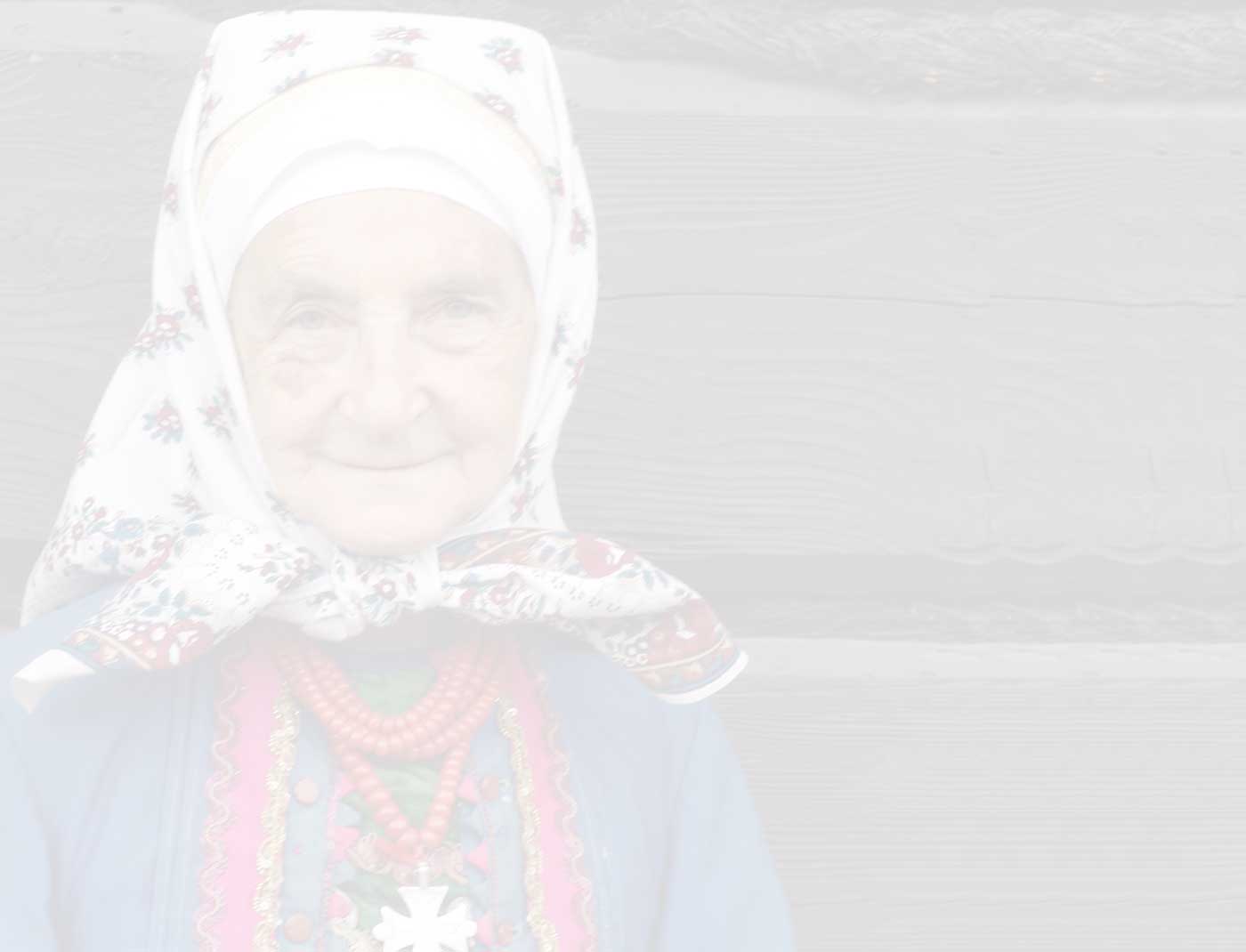
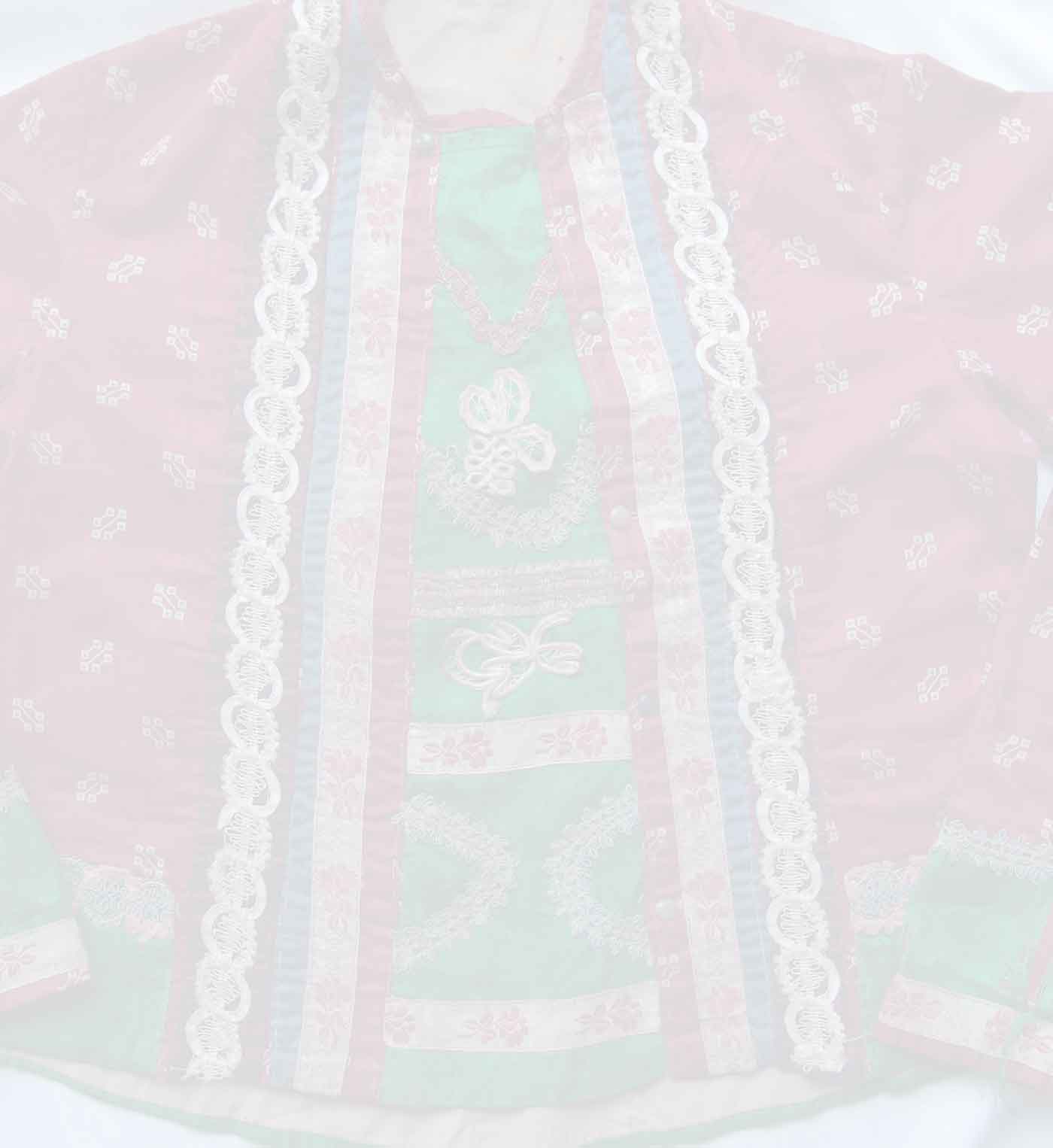
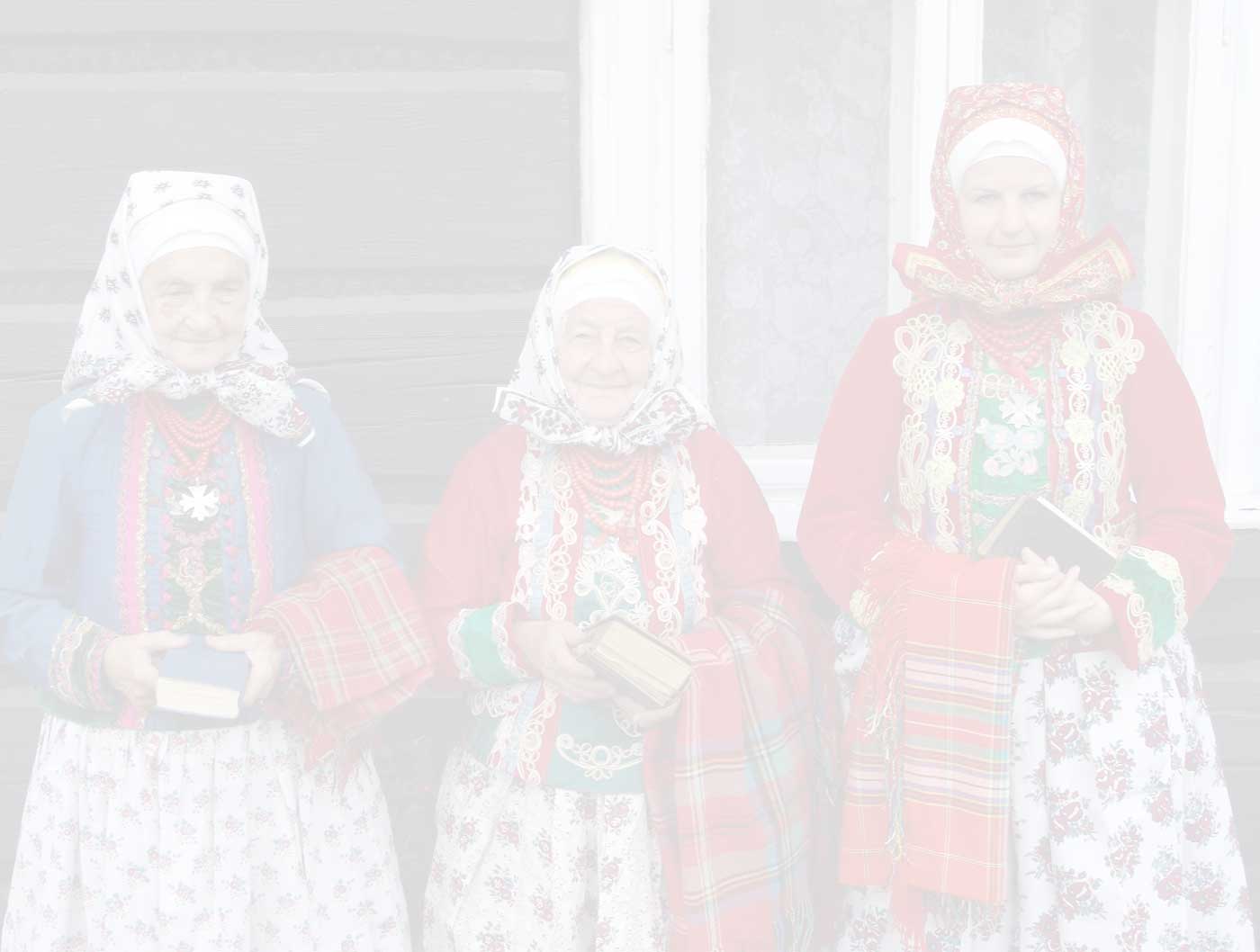
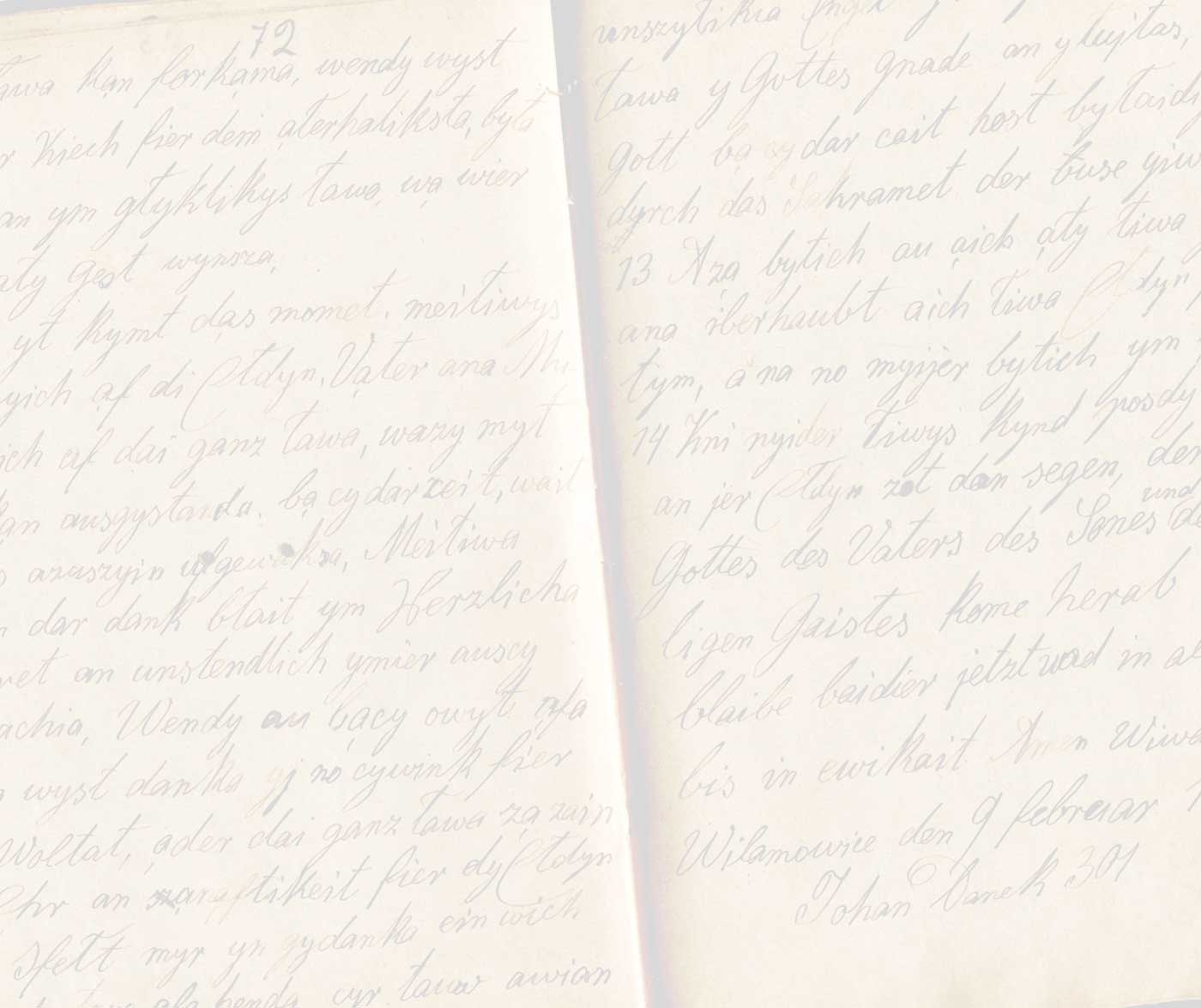












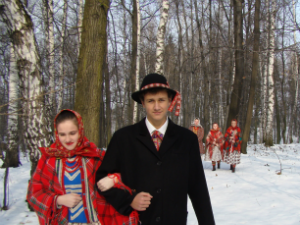 Tweet
Tweet